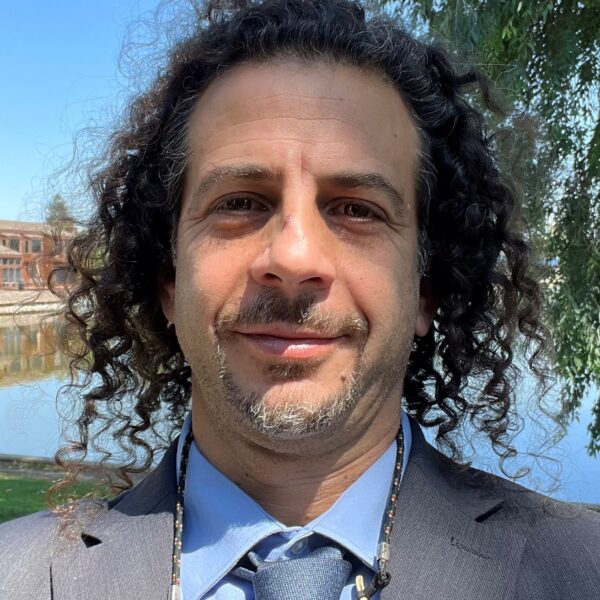Fraudulent Conveyance Actions
Fraudulent Conveyance Actions
So, after months or years of litigation, you finally have a judgment. You recorded your judgment liens and try levying bank accounts, but have no luck collecting your judgment. Finally, you bring the judgment debtor in to court on an order to appear for examination. However, instead of finding assets to satisfy your judgment, you find the debtor has transferred everything years ago to a relative or a business, that is beyond the reach of your writ of execution. Judgment debtors frequently will go to such extremes to avoid paying judgments. Unfortunately, this scenario is all too common. What do you now? You are forced between giving up, and taking your first step into advanced judgment enforcement. In this video Kevin Whiteford, Partner, Serlin & Whiteford, LLP will explain the law and procedures applicable to fraudulent conveyance actions under California’s Uniform Voidable Transactions Act, Civil Code section 3439, et seq. Among the topics to be discussed are: what transactions qualify as voidable transactions; what relief is provided to a creditor under the Act; what provisional remedies are available to prevent further transfers; the elements of a claim under the Act; the applicable statutes of limitations; and who may be held liable under the Act.
The Sacramento County Public Law Library is an approved State Bar of California MCLE provider according to the State Bar of California MCLE Rules & Requirements [Rule 2.72].
Instructor
MCLE Credit
Self-study - 1.5 General MCLE credit
Viewing Time
81 minutes





















